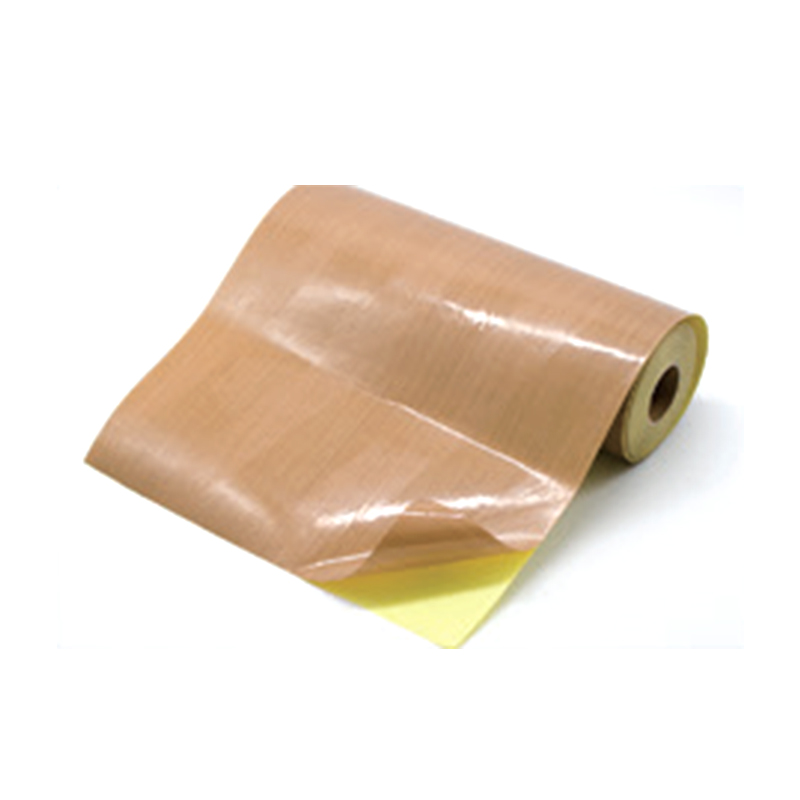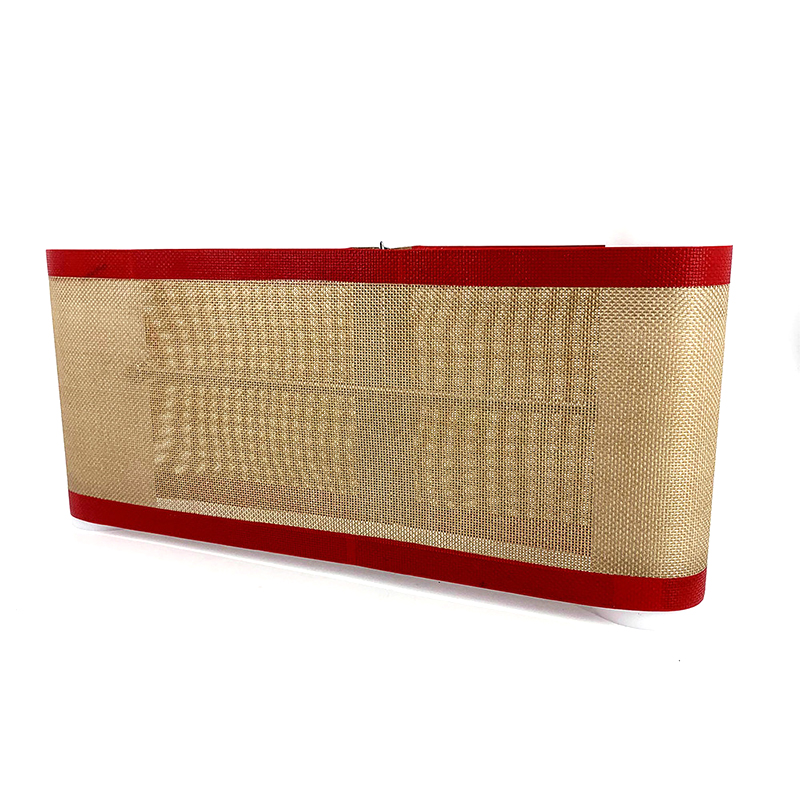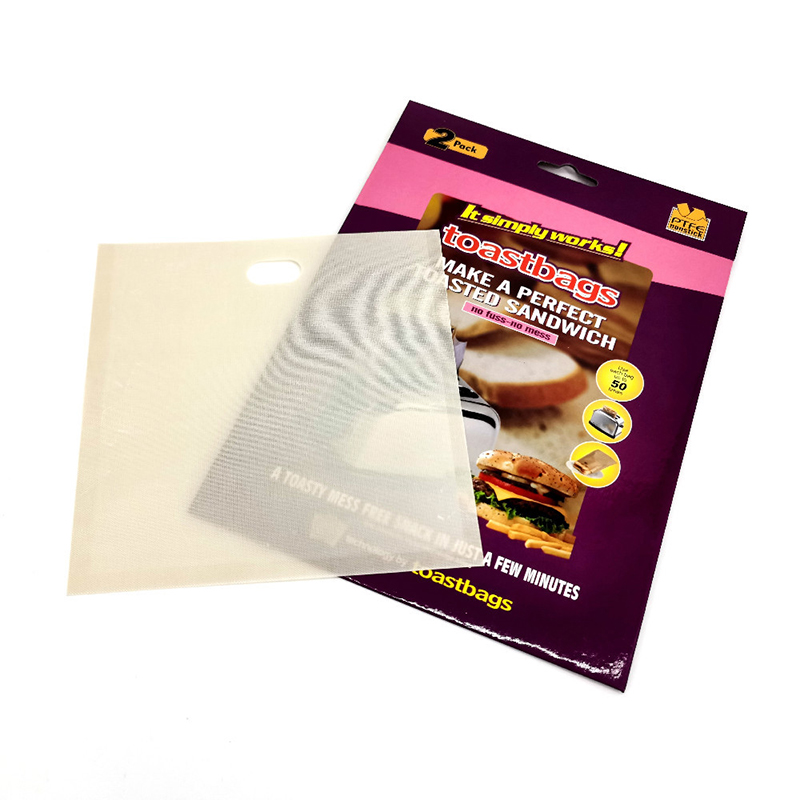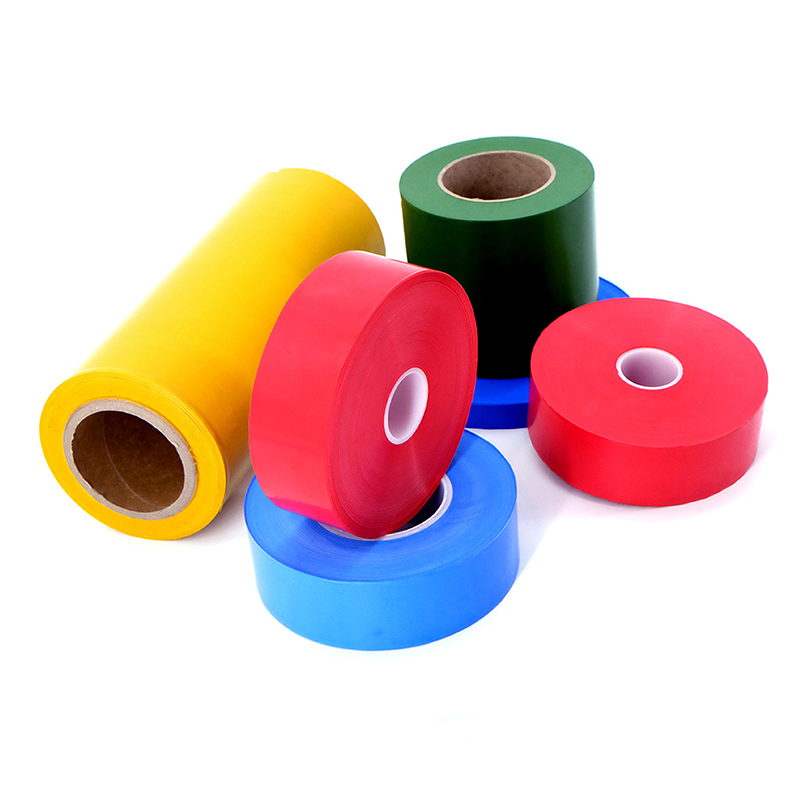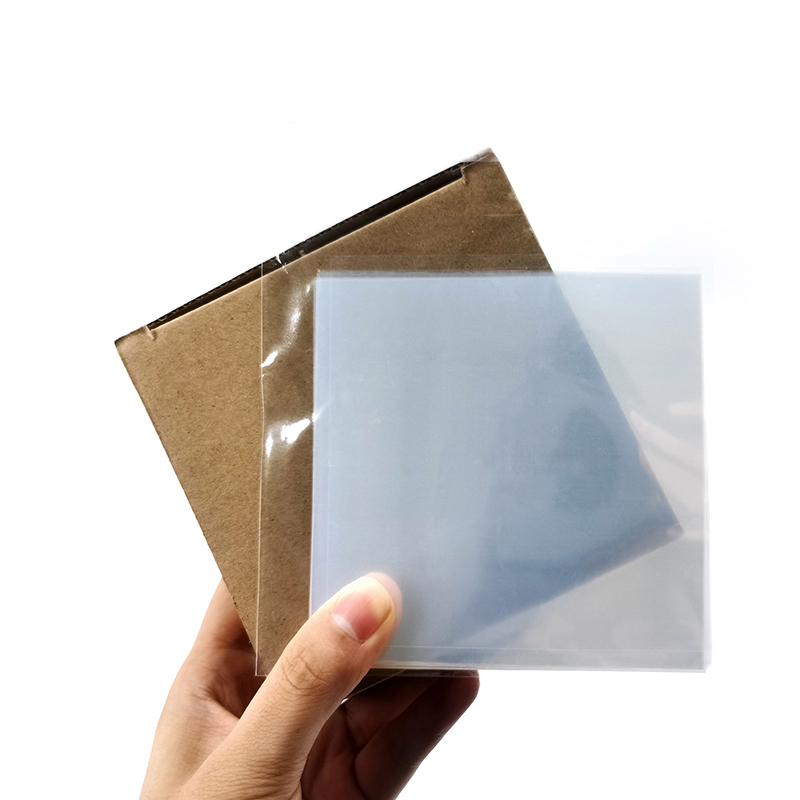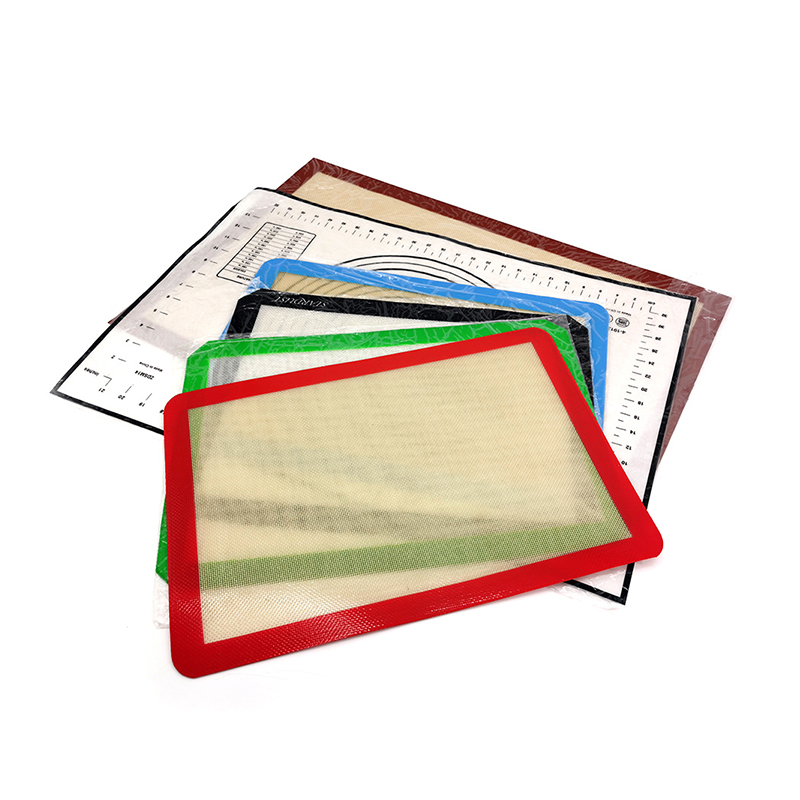What Kind of Fabric is High-temperature Resistant? What Kind of High Temperature Resistant Waterproof Tape is There?
High-temperature varnished cloth and welded cloth are relatively high-temperature resistant. They use high-quality imported glass fiber as the woven material. They are woven into plain weave, twill, satin, or other weaving methods into a high-grade glass fiber cloth base material. They are then fully impregnated and coated through process technology. Coated with high-quality Teflon resin, we produce various ultra-wide high-temperature resistant varnished clothes.
1. Weather resistance: It can be used for a long time in a wide temperature range of -60°C-+300°C. For PTFE fluorine resin-coated high-temperature cloth, if it is placed continuously for 200 days at a high temperature of +300°C for aging testing, not only will the strength not be reduced, but the weight will not be reduced. On the contrary, it will not age or crack at the ultra-low temperature of -180°C and can maintain its original softness. It can work at ultra-high temperatures of +360°C for 120 hours without aging or cracking and has good softness.
2. Non-adhesives: All sticky substances such as pastes, sticky resins, and organic coatings can be easily removed from the surface of PTFE fluorine resin coated high-temperature cloth.
3. Mechanical properties: The surface of the PTFE fluorine resin-coated high-temperature cloth will basically not deform or lose coils after bearing a compressive load of 200kg/cm2.
4. Electrical insulation: PTFE fluorine resin-coated high-temperature cloth has electrical insulation, with a dielectric constant of 2.6 and a dielectric loss tangent of less than 0.0025.
5. Resistance to chemicals: It is resistant to corrosion by all substances. PTFE fluorine resin-coated high-temperature cloth will not age or deform under strong acid and alkali conditions.



 English
English Español
Español русский
русский
